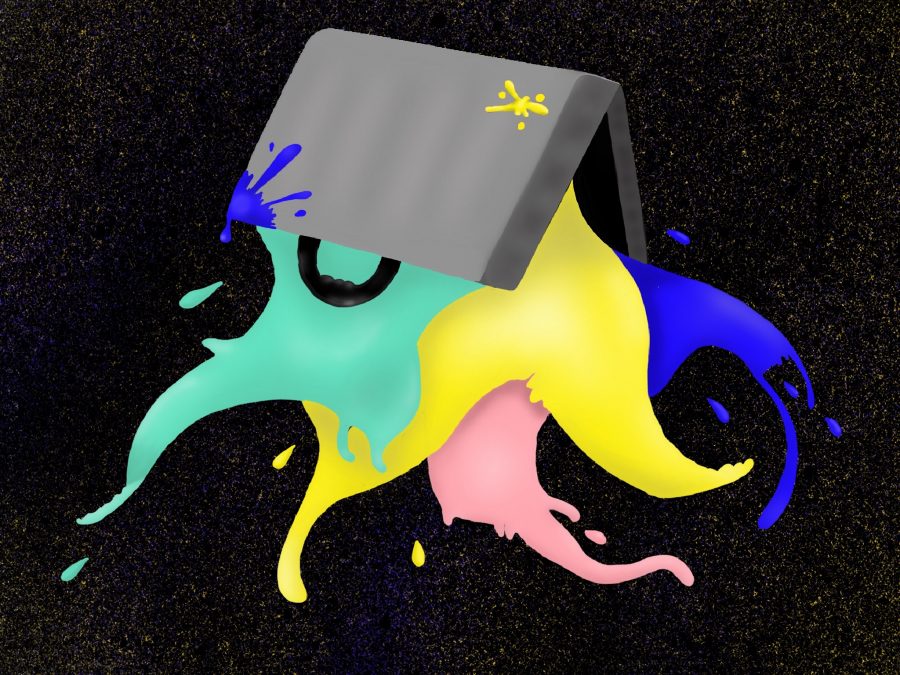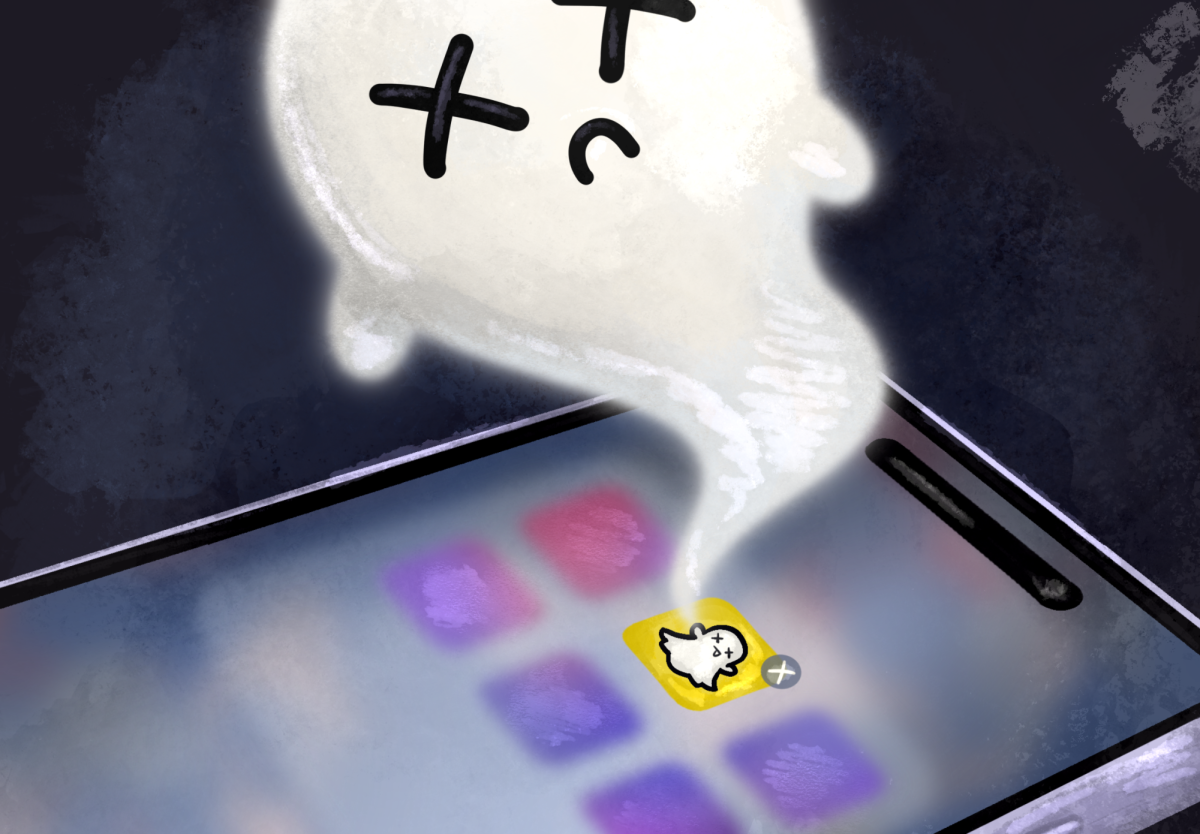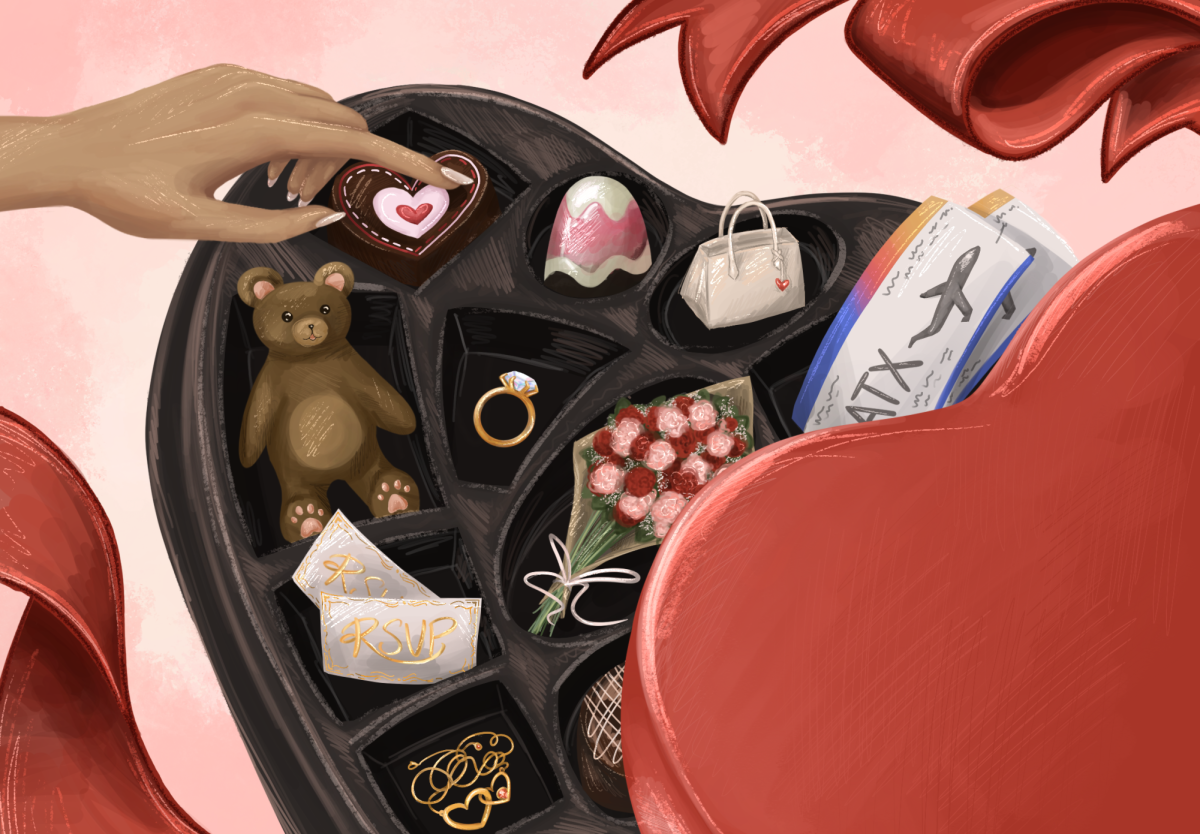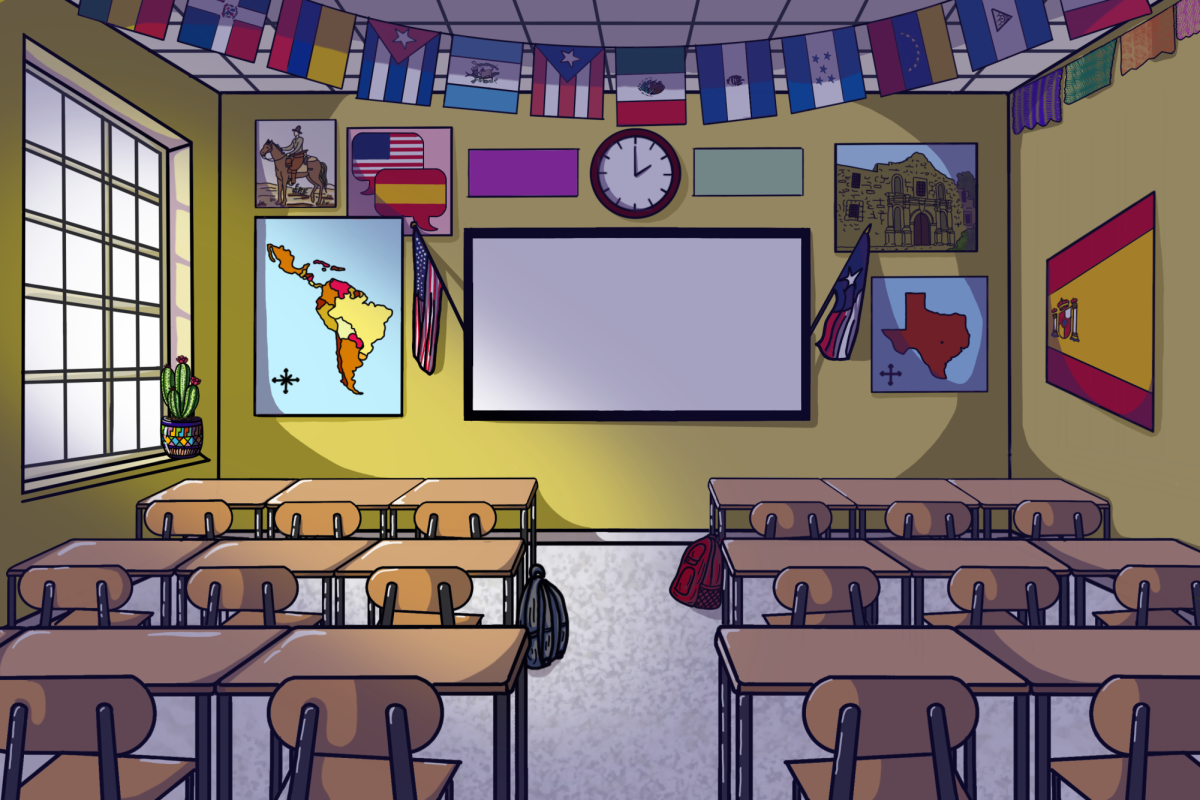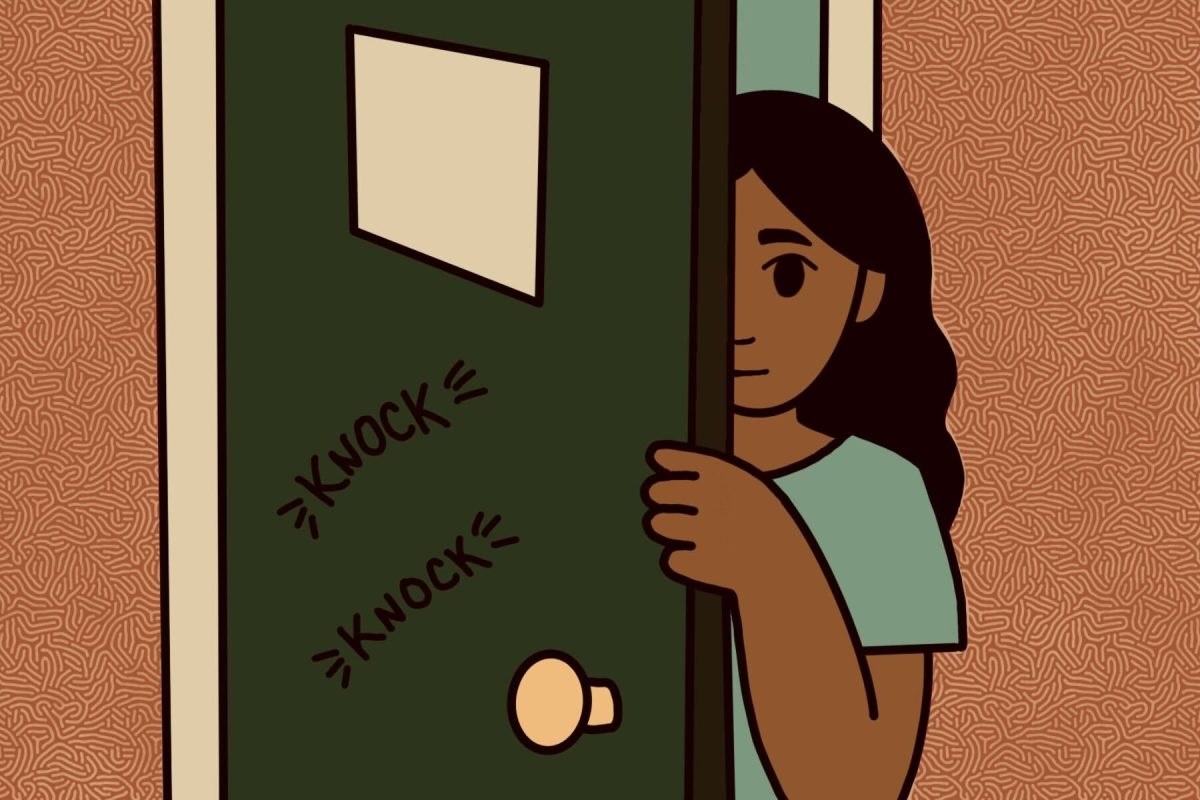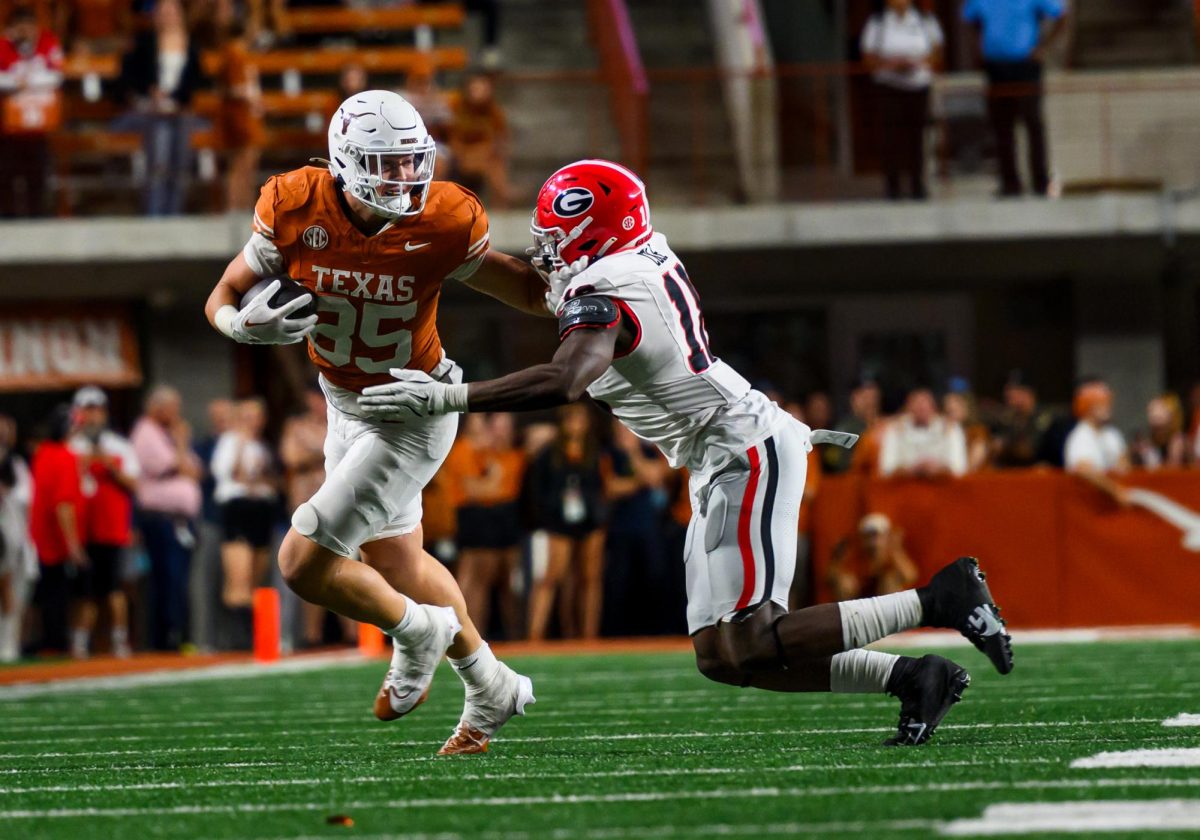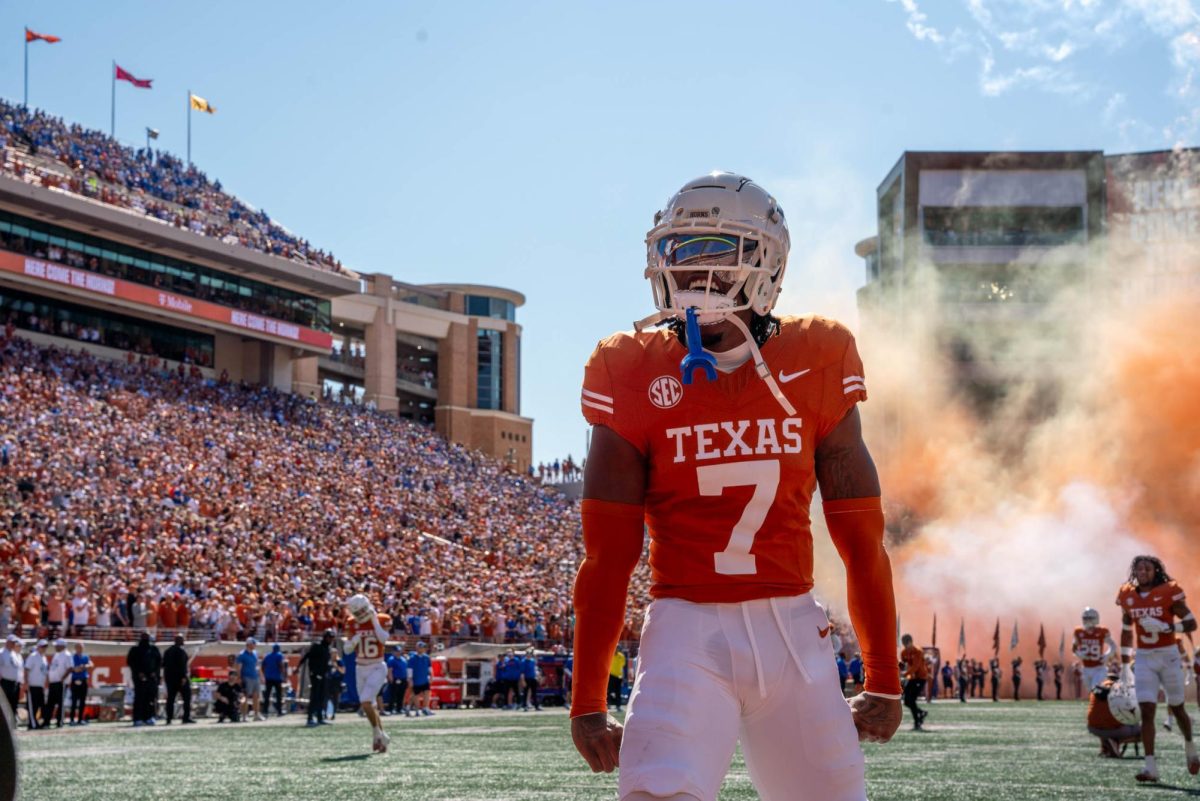“While you may have left materials and in-progress assignments in the building, your faculty know this and will take that into account,” read the first communication from the art department since the University announced an extended spring break, dated March 20. “When the University opens, we will issue further instructions about how to pick up your materials; that will be possible before the fall semester starts in August.”
Marooned in Austin with a slim budget and a home to which I wasn’t keen on returning to, I planned to spend my bleary spring break as I usually do: working. The sun-filled fourth-floor studios designated as permanent spaces for senior painting majors are open at all hours, every day of the week. For many, it’s clangorous ventilation system and the building that houses it, artifacts of 1960s brutalism, offer the only viable space to study and create. My 400 square foot, dimly lit, west campus apartment, wedged between construction sites and frat houses, certainly wouldn’t accommodate two 7-foot works-in-progress.
Sometime between March 16 and March 20, the studio doors were locked, and student BACS revoked. We didn’t know yet that we wouldn’t be back for the semester, or even the summer. Not until Friday of that week were we informed that any materials left in the building may be retrieved “before August.”
A full week passed. Following a bungled series of scant communications, scheduling, canceling, then rescheduling material pick-up times (as my paint sat drying on the palette), students, if they happened to be in town, were allowed to retrieve their work. Classes moved online; many students sheltered in place and some returned from Cabo. But while most classes have shifted to 70% capacity through a screen, studio courses have all but ceased to exist.
Without space to work, in-person critique, 3-hour classes and, perhaps most crucially, access to shared resources such as the woodshop, welding, print, sculpture, fabrication and computer labs, darkrooms, 3D printers, sewing machines, design studios, and libraries, students are handicapped. Not to mention dance and theater performance spaces, which are equally abandoned.
Art school is grounded in a rigorous, practice-based curriculum where students learn by doing under the guidance of their professors-of-practice. Without access to these essentials, what are we paying for? What happens to students who relied primarily on University resources and can’t adjust?
Art students around the country have yet to receive answers. Virtual art school isn’t art school, they’ve argued. But administrations have largely ignored demands for partial tuition refunds, despite a deluge of protests, petitions and letters to faculty from the San Francisco Art Institute to the Savannah School of Design and the Rhode Island School of Design.
The UT administration has set up short-term, unspecified emergency funds by application to affected students, which the art department has referenced repeatedly in response to concerns about materials. But during a town hall meeting Wednesday, hosted by Department Chair Susan Rather and Assistant Chair Christina Bain, Dean Doug Dempster indicated that the President and Provost have shown no direction to refund tuition.
This is a difficult time for everyone — it happened fast and no one was entirely prepared. The new reality, however, has begun to set in for COFA kids: canceled shows (which often draw revenue for student work), an occasional zoom call to check in, encouragement to “work when we can” and grainy images through webcams of entirely new pieces — many that were in progress were time-sensitive or proved too cumbersome for transportation.
I was lucky — some friends had an extra room, left prematurely untenanted and without a subleaser just a mile or so from the art building, where I’ve been able to set up a makeshift studio. Lugging everything down from the fourth floor at noon on a sunny day almost deceived me into summer. The arrangement was serendipitous and on short notice. As a graduating senior, what would I have done without this option?
Online art school is not what we signed up for. A partial tuition refund for COFA students is incumbent upon the administration. So far, the option doesn’t even seem to be on the table.

